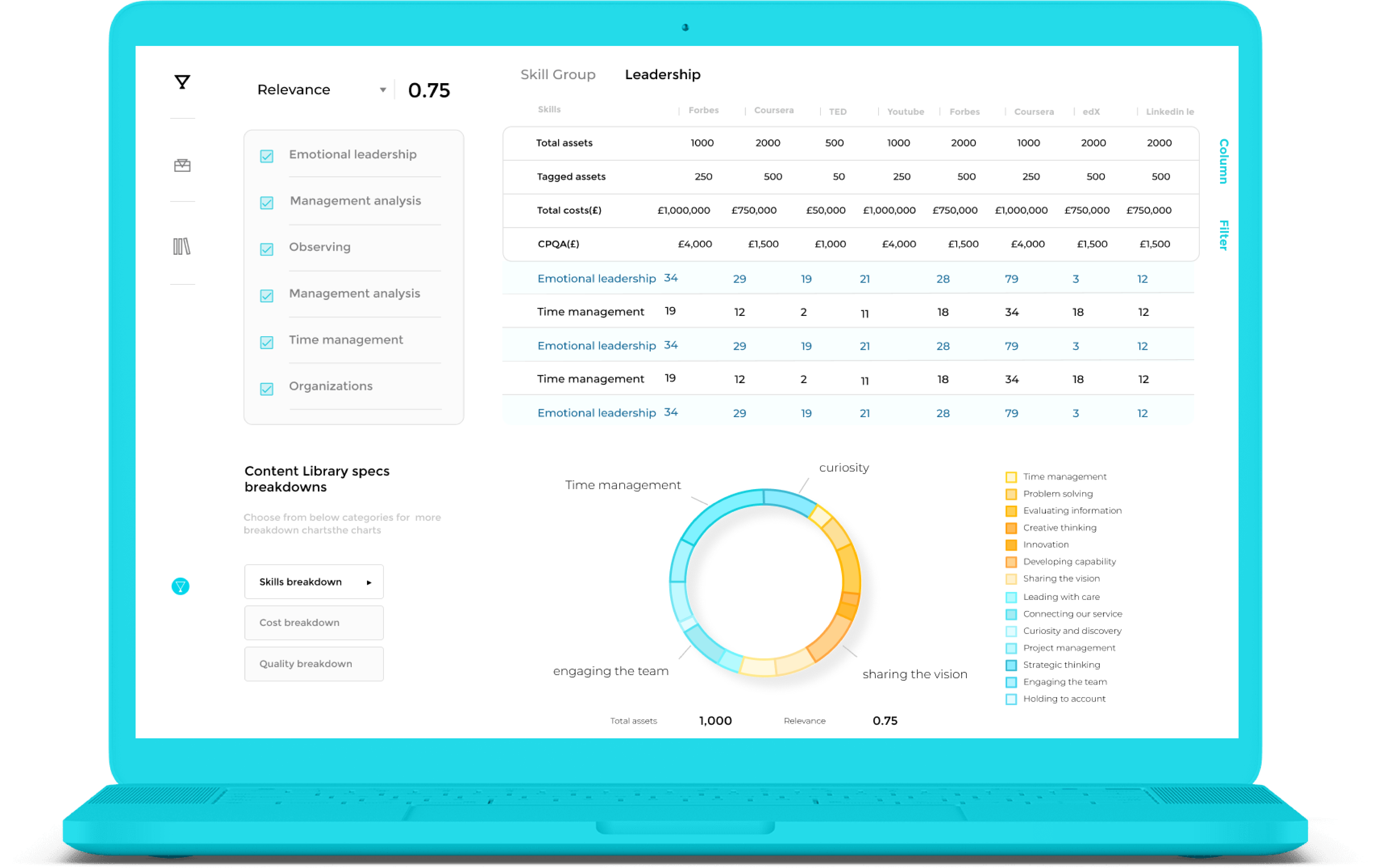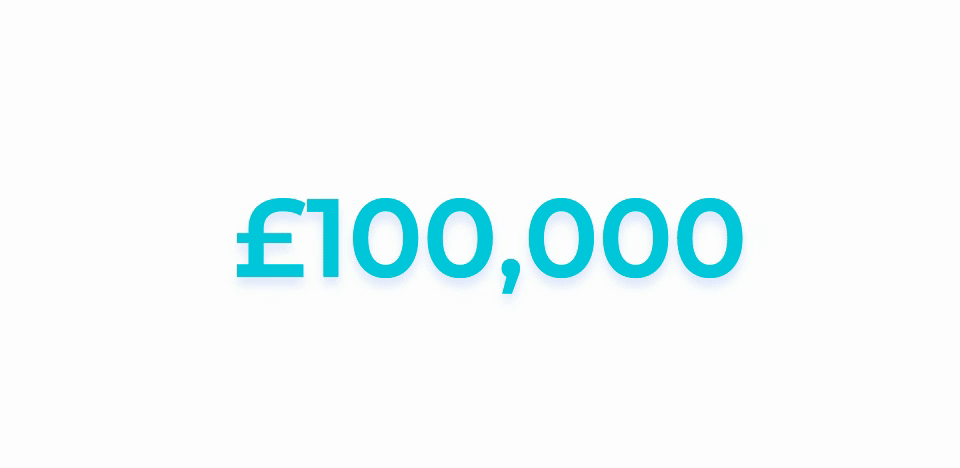If you build it, they will come.
Those infamous words were “heard” — in a cornfield — by Kevin Costner in the 1989 sports fantasy drama Field of Dreams.
If you have no idea what I’m talking about, watch this clip, and then please please please watch the movie. You are welcome.
 Spoiler alert. Costner built it (a baseball diamond), and they (players from 1919 Chicago “Black Soxs”) came.
Spoiler alert. Costner built it (a baseball diamond), and they (players from 1919 Chicago “Black Soxs”) came.
Too often, learning platforms are like the field of dreams — we build them (content repositories) in hopes that they (learners) will come and engage with the learning materials, be super-engaged, and “stay” forever.
Unfortunately, that’s easier said than done.
Good curation is the answer to increasing learning engagement.
And curation is central to everything that Filtered does. Curation is in our DNA. It’s who we are and what we do (quite well if we do say so ourselves!).
Curation — the selection and organisation of sensations, objects, and information – is a fundamental human activity. Information necessitates curation. As more and more information (and data and content) gets published, the need for (good) curation grows as well.
In this article, we’ll explore 5 of the ways a robust, deep, ongoing curation process can help attract and retain learners and keep them coming back to consume more content.
#1: Increased efficiency
Efficiency is the name of the game for businesses around the globe.
Business efficiency, according to Tony Robbins, means maximising your outputs from your given inputs – or making the most of your resources.
Tony Robbins’ “10 Tips for Business Efficiency” is actually quite good, albeit maybe fairly obvious for the seasoned business leader.
Two tips Robbins shares (“provide the right tools” and “use technology”) directly apply to the topic of curation and how it can increase learning engagement.
A technology-driven, curation tool (see Filtered) can have a direct, positive impact on increasing learning engagement.
As we wrote here, effective learning does not happen without efficient, accurate, timely, helpful content. Curation, coupled with proper content tagging, is the answer.
Good curation means less time wasted searching for the best/right content: Increased efficiency.
Good curation means humans + technology: Increased efficiency.
Good curation means continuous interaction to better understand what is and isn’t working for your audience: Increased efficiency.
#2: More relevant content
At the heart of a good curation process is proper tagging and organising of a company’s content, ideally tied to its pre-defined skills needs.
An added bonus of curation is the revealing of redundant and irrelevant content. Searching through this content not only ensures the remaining content is more relevant, but it also has the potential to save organisation money — fewer unnecessary content providers!
Good curation empowers companies to uncover their actual content needs and leverage that fuel to drive change.
A powerful LXP partner ensures your learning content remains “clean and relevant.”
As part of the curation process at Filtered, we cull unused content and get rid of it (be gone!). We also have systems in place to check for broken or migrated links. In addition, we date stamp each asset to help notify the platform when outdated content may need to be replaced with updated learning pieces.
Even better, our algorithms create “moments of serendipity” — the exact resource (the one you didn’t even know you needed) appears at the exact right time.
Good curation anticipates demand.
Dated/irrelevant content has the opposite impact on learning engagement. It discourages engagement. It sours employees to learning.
#3: Improved discoverability
Unless you are searching for Chuck Norris, timely, relevant, search results are critical.
Finding the right content at the right time is sooooo crucial to a good learning experience.
There is nothing worse than searching for content and coming up with poor/irrelevant results ... or no results ... or way too many results (or Chuck Norris).
Improving discoverability and experience for end-users is not only a way to increase learning engagement, but it also helps optimise learning content spend.
The true power of an LXP (Learning Experience Platform) is in its deliberate and focussed ability to help users discover learning content and experiences they actually need, not ones they think they need or ones someone told them they should need.
The best LXPs key in on personalisation, powerful search capabilities, and optimised discoverability — filtering the right content for the skills people really need.
#4: A better user experience
Good curation should translate to a better user experience.
And user experience matters. A lot.
According to a recent Forrester study, every $1 invested in user experience (UX) nets $100 in return. That’s a pretty good ROI.
But more importantly from a content learner’s perspective, a better user experience means learners are more likely to stick around and actually consume the intended content!
But to be clear, while good content curation can lead to a better user experience, the content that has been curated still needs to be on point — customised, personalised, intentional, direct, relevant.
#5: AI-powered, always learning and improving
Curation is not a one-and-done exercise.
The initial curation does not — and should not — be a one-time event.
Learning content is continuously added to a learning platform. Through a combination of human and AI-powered curation, the content is sorted, tagged, and tied directly to the skills the organisation has identified as necessary.

The curation process is ongoing. It must always evolve alongside organisational priorities.
Taking this process a step further, the curation considers each learner — what matters most to them as they reskill and upskill. This personalisation (see #2 above) can have a powerfully positive impact on learning engagement.
But this initial curation doesn’t have to be the final one.
As new assets are added to your content library, curation is automatic.
To get technical for a second, newly added assets benefit from the existing structure of the knowledge graph and clustering, making curation far more effective and, most importantly, based around skills.
Learn more about our machine learning.
Filtered focuses on curation, and joyful learning..
Proper curation can broaden what people think of as “learning content.”
If you are executing a learning programme effectively, learning will not feel like a chore — a box to tick off, something you have to do. An impactful piece of content at the right time can have an indelible effect on us humans, positively impacting how we work.
As our CEO, Marc Zao-Sanders wrote in this 2020 HBR article, “The spark of learning joy is real and useful. So how can we bring more of it into our professional lives? Start by taking back control of what you read. Have an open mind about what useful learning content even is.”
He continues, “While the joy is a worthwhile end in its own right, joyful learning can also be used to ignite individual careers and collective productivity.”
Proper curation increases learning engagement and ideally, the joy for learning.
Learn more about how Filtered can help with both.





